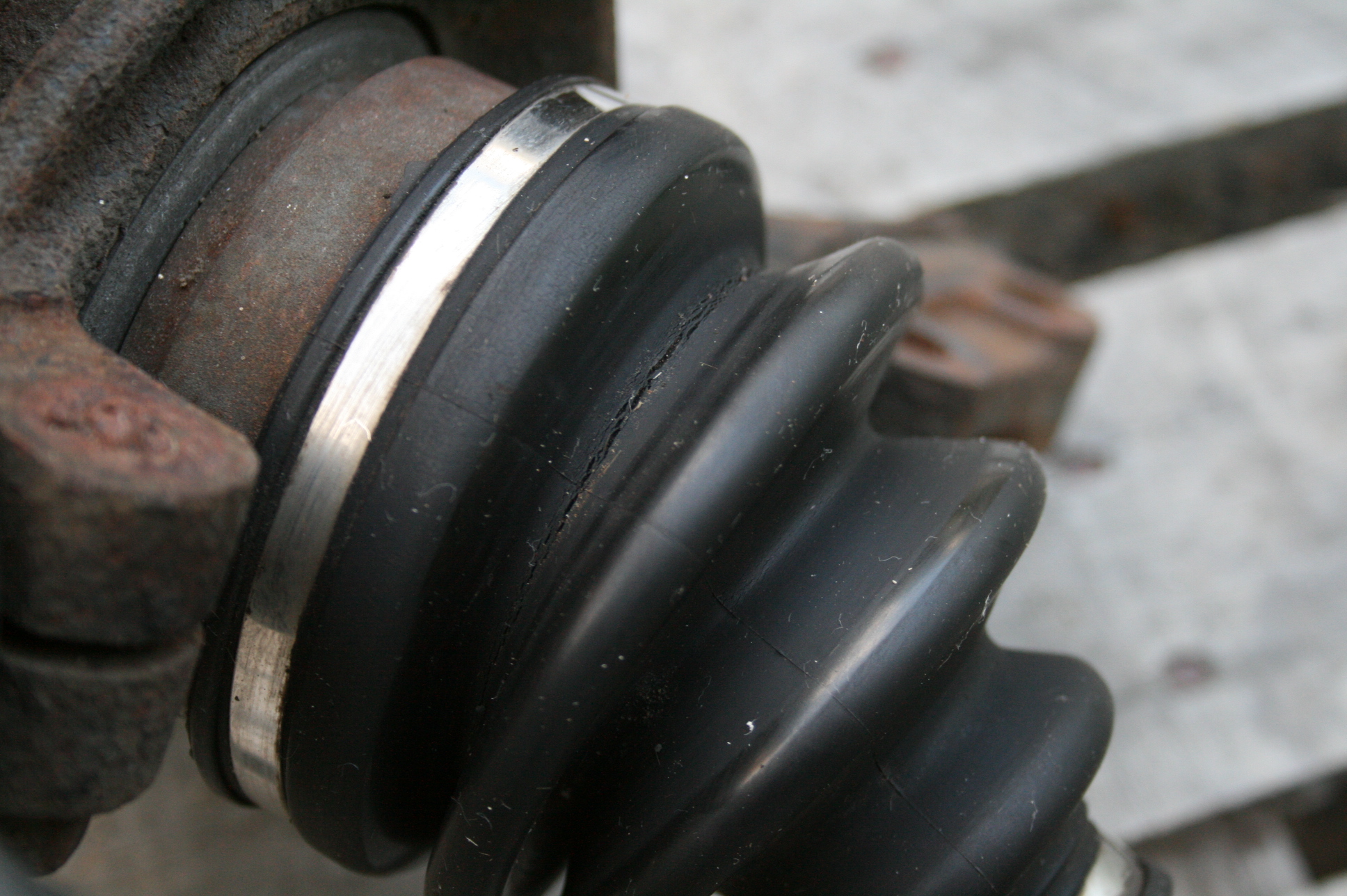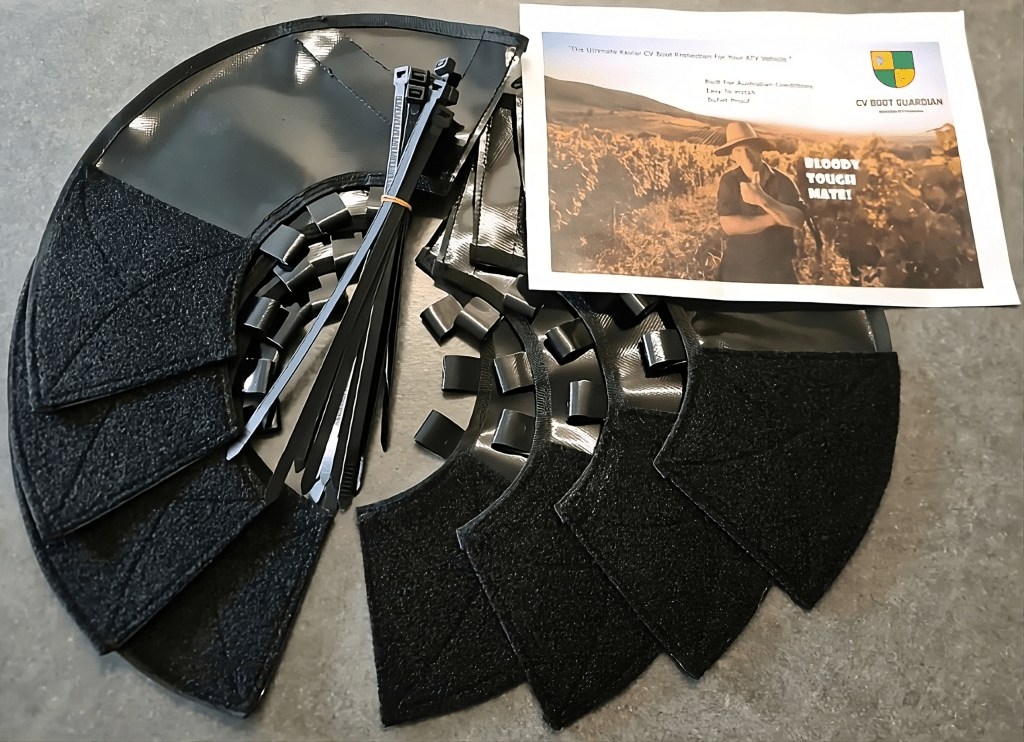Your cart is currently empty!
What’s a CV Boot (Constant Velocity Boot)?
A CV boot, also known as a constant velocity boot, is an essential component of a vehicle’s drivetrain system. It plays a crucial role in protecting the CV joint (constant velocity joint), which is responsible for transferring power from the engine to the wheels. Without a properly functioning CV boot, the CV joint can become damaged, leading to costly repairs and potential safety hazards.
In this article, you will learn about the basics of CV boots, how to identify signs of a damaged boot, the importance of regular maintenance, and whether to replace a CV boot yourself or seek professional help.
What are CV Boots?

A CV boot is a flexible rubber or plastic cover that surrounds the CV joint. Its purpose is to protect the joint from dirt, debris, and moisture, which can cause premature wear and damage. There are two main types of CV boots: traditional and split. Traditional CV boots are a one-piece design that must be removed in order to access the CV joint. Split CV boots, on the other hand, have a seam that allows for easier installation without removing the entire axle.
CV boots work by sealing the CV joint and keeping it lubricated. The CV joint needs to be constantly lubricated in order to function properly and prevent excessive wear. The boot acts as a barrier, preventing dirt and moisture from entering the joint and causing damage. It also contains grease that lubricates the joint, reducing friction and heat buildup.
Signs of a Damaged CV Boot

There are several symptoms that can indicate a damaged CV boot. One of the most common signs is a clicking or popping noise when turning. This noise is caused by the CV joint not receiving enough lubrication due to a torn or leaking boot. Another sign is grease splattered around the wheel well or on the inside of the tyre. This indicates that the boot has torn and grease is leaking out.
Visual inspection is also important in identifying a damaged CV boot. Look for cracks, tears, or holes in the boot. If the boot is damaged, it should be addressed promptly to prevent further damage to the CV joint. Ignoring a damaged boot can lead to the CV joint becoming contaminated with dirt and moisture, which can cause the joint to fail.
How to Prevent Costly Repairs by Maintaining CV Boots

Regular maintenance of CV boots is crucial in preventing costly repairs. It is recommended to inspect the boots at least once a year or every 15,000 miles. This can be done during routine oil changes or tire rotations. During the inspection, check for any signs of damage such as cracks, tears, or leaks. If any damage is found, the boot should be repaired or replaced immediately.
In addition to regular inspections, there are several tips for maintaining CV boots. Avoid driving through deep water or mud, as this can cause the boots to become damaged or torn. It is also important to avoid excessive heat, as this can cause the rubber to deteriorate. Regularly cleaning the boots with a mild detergent and water can help remove dirt and debris that can cause damage.
When it comes to cost, regular maintenance of CV boots is much more affordable than repair or replacement. The cost of replacing a CV boot can range from $100 to $300, depending on the make and model of the vehicle. However, if the CV joint becomes damaged due to a neglected boot, the cost of repair or replacement can skyrocket to $500 or more.
Ensuring the durability of your CV boots is essential in warding off expensive repairs. A valuable addition to your maintenance toolkit is the CV Boot Guardian – a reliable protector designed to be placed outside your CV boots. Installing it is a breeze, and once in place, it acts as a sturdy barrier, defending your boots against the elements.
Replacing a CV Boot: DIY or Professional Help?
When it comes to replacing a CV boot, there are pros and cons to both DIY and seeking professional help. DIY replacement can save money on labor costs, as well as give you a sense of accomplishment. However, it requires some mechanical knowledge and the right tools. It is also important to note that DIY replacement may void any warranties on the vehicle.
If you are not confident in your mechanical abilities or do not have the necessary tools, it is best to seek professional help. A professional mechanic will have the expertise and experience to properly replace the CV boot and ensure that it is installed correctly. They will also be able to inspect the CV joint for any damage and address it if necessary.
When it comes to cost, DIY replacement can be more affordable upfront. However, if the boot is not installed correctly or if the CV joint becomes damaged, it can end up costing more in the long run. Professional replacement may be more expensive upfront, but it can save you money by preventing further damage and costly repairs.
Conclusion
In conclusion, CV boots play a crucial role in a vehicle’s drivetrain system. They protect the CV joint from dirt, debris, and moisture, ensuring that it functions properly and transfers power from the engine to the wheels. Regular maintenance and prompt repair or replacement of damaged CV boots are essential in preventing costly repairs and potential safety hazards. Whether you choose to replace a CV boot yourself or seek professional help, it is important to prioritize the health of your vehicle’s drivetrain system.
Regular inspections are key, so why not take it a step further by integrating the CV Boot Guardian? This extra layer of defense significantly reduces the risk of cracks, tears, or leaks, providing a cost-effective solution to potential damage. Incorporate the CV Boot Guardian into your routine and fortify your vehicle against the unexpected, all while maintaining the familiar and crucial tone of the original article.
CV Boot Guardian Premium Protection Covers Pack of 8
Original price was: $199.99.$144.99Current price is: $144.99.CV Boot Guardian Premium Protection Covers Sample Pack of 2
Original price was: $89.99.$45.99Current price is: $45.99.
Comments
3 responses to “What’s a CV Boot (Constant Velocity Boot)?”
[…] CV boots, also known as constant velocity boots, are an essential component of a vehicle’s drivetrain. They are responsible for protecting the CV joints, which connect the transmission to the wheels, from dirt, debris, and moisture. Over time, CV boots can become worn or damaged, leading to the need for repair or replacement. However, the cost of repairing CV boots can sometimes be higher than expected. Let’s explore some reasons why this is the case. […]
[…] a CV boot might appear challenging, but it can actually be a very simple task with the right equipment and […]


Leave a Reply to What’s a CV Boot (Constant Velocity Boot)? – CV Boot Guardian Cancel reply